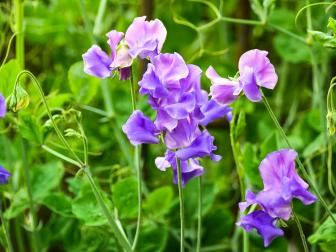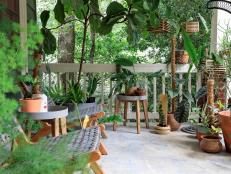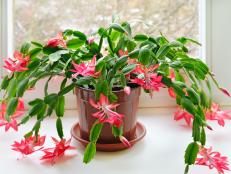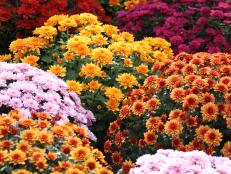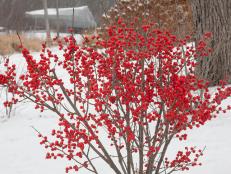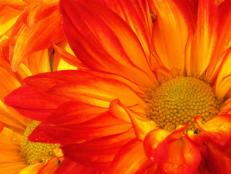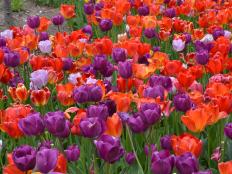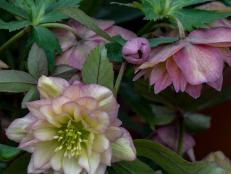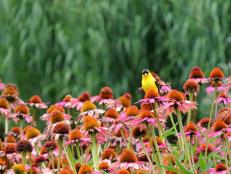Fall and Winter Annuals
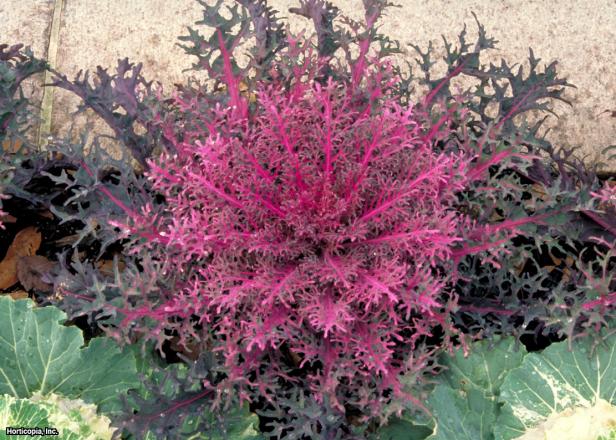
Brighten your yard’s quiet season by tucking fall and winter annuals into pots and planting beds. These cold-tolerant beauties spread good cheer with their bold tinted blooms and colorful leaves. Fall annuals bring on the color following summer heat, reviving an often scraggly and weary landscape. Winter annuals strut their stuff between the first fall frost and the last spring frost, adding spark to dull, cold weather scenery.
Fall annuals perform well in nearly any state, although the growing season can be extremely brief in northernmost areas and at high elevations. Winter annuals really earn their keep in the Southern half of the country, where freezing temperatures are fleeting and plants continue to grow through the chilly winter season. Coastal areas of the Northeast, parts of the Mid-Atlantic and a large portion of the Pacific Northwest also offer mild winters that allow winter annuals to thrive.
In areas with mild winters, get plants in the ground before weather turns nasty. You want plants to be actively growing and established before coldest temperatures arrive. The later you’re planting (the closer to the arrival of cold weather), the larger size plant you should purchase. Cell packs work well for early fall planting. Once you hit mid-fall in your region, purchase 4-inch or larger pots. Pinch growing tips of fall and winter annuals to encourage branching, fuller plants and more flowers.
Great fall annual flowers include snapdragon, a traditional cottage garden plant that opens blooms along a spike. You can find many sizes of snapdragon, from dwarf bedding types to tall cutting versions. Flowers feature an upper and lower petal structure that’s hinged and pops open like a dragon’s mouth. Look for blooms in every hue but blue.
21 Annual Flowers for Year-Round Color 26 Photos
Annuals are known for their bright, showy color that lasts for a season to a year. Discover outstanding annuals for strong seasonal color, including tips on when and how to plant.
Pansy and viola are tried-and-true fall annual favorites, and they transition seamlessly into winter months. Pansies offer colors and blends sure to please every gardener. Look for traditional clumping forms or newer trailing types that cover ground similar to a petunia. Violas are essentially a miniature form of pansy. If your winter brings heavy rain, like the Pacific Northwest, opt for violas over pansies. The large pansy blooms tend to develop mold.
Foliage plants also add fun color and texture to fall annual displays. Ornamental cabbage and kale hold their own from fall through early winter snows. Their sculptural leaves boast shades from rose, to purple, to white. Their chunky texture makes them a natural partner for pansies and violas. Leaf lettuces pull double duty in fall pots and planting beds, offering edible leaves that bring eye-catching colors and textures to autumn gardens. Also consider mustard plants like Red Giant or Southern Curled, which withstand freezes and bring sculptural interest to garden scenes.
Winter annual flowers include those mentioned for fall, along with primrose, dianthus and stock. These bloomers really brighten drab winter scenes with their colorful petals. Dianthus and stock also offer clove fragrance. Count on colorful kale, like Red Bor, Red Russian or Toscano, to add textural appeal to winter plantings. Bright Lights Swiss chard thrills with its multihued stems. Leaves of chard, kale, lettuce and mustard also bring garden-fresh flavors to the winter table, which is a real treat.







